Hall Injeongjeon - 인정전
8.8Km 2016-04-14
Séoul, Jongno-gu, Yulgok-ro 99
+82-2-762-8261, 9513
Il s'agit du lieu qui servait d'assemblée lors de la venue du roi au sein du palais Changdeokgung. Le lieu acceuillait des événements importants comme la cérémonie d'accès au trône du roi, des cérémonies de félicitations pour les nobles, la réception d'invités de prestige venus de l'étranger, etc.
Le hall a été restauré en 1804 et permet d'apprécier le style architectural de la fin de la dynastie Joseon.
Sauna JJ Mud (JJ 머드한증막)
8.8Km 2019-01-16
18, Toegye-ro 56-gil, Jung-gu, Seoul-si
+82-2-2268-5561,+82-10-4372-2321
Ouvert il y a 12 ans, le sauna JJ Mud a largement contribué au développement du gommage traditionnel coréen et à la promotion de la boue de Boryeong de la province de Chuncheongnamdo. Il a même été sélectionné et nommé comme entreprise remarquable 3 années consécutives par la ville de Boryeong.
Insa Art Space (인사미술공간)
8.8Km 2021-02-19
89, Changdeokgung-gil, Jongno-gu, Seoul-si
+82-2-760-4722
Insa Art Space(인사미술공간) a été construit par le gouvernement dans le but de soutenir les artistes ayant des difficultés financiers.
Ouvert le 26 mai 2000, le budget de la totalité des prestations des expositions est fourni par le gouvernement.
Cette action est reconnue comme étant la politique de soutien de l’art national la plus réussie.
En majeur partie des oeuvres modernes et expérimentales y sont exposées afin de dynamiser l’art.
Les conservateurs sont à la recherche de la situation présente des milieux d’art.
Par ailleurs, il y a de nombreux projets d’expositions ouvertes afin de repérer de nouveaux artistes talentueux.
Ceux qui sont sélectionnés peuvent exposer leur travail gratuitement pendant 2 semaines.
Ces actions ont pour but d’aider à lancer les artistes démunis qui ne peuvent démarrer leur carrière.
Vous pouvez visiter le lieu sans douter de la sincérité des oeuvres exposées.
Ce qui est exposé n’est évalué que sur la qualité.
Chaque année, 2 à 3 expositions internes et internationales sont produites ainsi que des symposiums et des échanges sous forme de dialoques avec les artistes.
En général, il y a une présence d’un conservateur et de 2 assistants conservateurs.
Insa Art Space un lieu super pour les voyageurs qui souhaitent passer une longue et bonne journée.
La plupart des galeries ferment entre 17h et 18h, mais Insa Art Space entre 19h/ 20h.
Il est localisé dans la rue coréenne traditionnelle, Insadong, ainsi, il y plein de choses à voir et à faire, tout en visitant la galerie.
Darakjeong (다락정)
8.8Km 2021-03-26
131-1, Samcheong-ro, Jongno-gu, Seoul
+82-2-725-1697
Darakjeong has been popular for a long time because of the simple taste of its traditional Mandu (Korean stuffed dumpling). Since its opening in 1991, tasty soup and scrumptious Mandu have been served. A fist-sized Mandu is fully packed with seasoned meat, bean-curd, and various vegetables. Its thick dough makes it chewy and delightful. For one person, “Manduguk”(boiled dumpling soup) is a good choice. The delicious and nourishing taste of Mandu goes well with the sweet, spicy, and fresh taste of the soup. Manduguk is served in a brass bowl which keeps the food warm while eating. For a large-size group, “Mandujeongol” cooked with various vegetables in a casserole is recommended. There are two types of Mandujeongol that have different tastes. The main characteristic of “Kimchi Mandujeongol” is its spicy flavor, which reminds people of the refreshing taste of Kimchi soup, and “Tojang Mandujeongol” expounds on the savory taste of bean-paste soup. Tojang means folk soybean-paste. “Nokdujeon”(a Korean pan-fried dish with green mung bean) is another famous dish at Darakjeong, which is pan-fried with a very light seasoning to emphasize the original taste of Nokdu (green mung bean). Salted oysters with hot pepper are served with Nokdujeon instead of soy sauce, which is a perfect match.
Palais Changgyeonggung (창경궁)
8.9Km 2025-03-07
185, Changgyeonggung-ro, Jongno-gu, Seoul-si
+82-2-762-4868
Situé au centre de Séoul, le palais Changgyeonggung a été construit en tant que palais Suganggung par le 4ème roi de la dynastie Joseon, le roi Sejong (r.1418-1450), en faveur de son père retiré du pouvoir, le roi Taejong. Le palais a souvent servi de lieu de résidence pour les reines et les concubines. Durant le règne du roi Seongjong (1469-1494), le palais fut rénové et renommé en palais Changgyeonggung. Le palais a ensuite accueilli un zoo et un parc botanique durant la période de l'impérialisme japonais. Le site est resté tel quel jusqu'en 1983 avant que des travaux de rénovation furent entrepris pour restaurer l'aspect noble et originel du palais.
Bukchonmaru hanok guesthouse [Korea Quality] / 북촌마루한옥게스트하우스 [한국관광 품질인증]
8.9Km 2020-09-10
152, Changdeokgung-gil, Jongno-gu, Seoul
+82-10-3253-8751
Bukchonmaru Hanok Guesthouse is located between “Bukchon Views 2 and 3” on a hill in Bukchon Village in Seoul. This two-storied hanbok building with a terrace, which is rarely found among other hanok structures in the area, offers a splendid view of Seoul. In particular, the summit of a hill next to the main gate of Choong Ang High School where the guesthouse is situated is known as the filming location for the famous Korean TV series Winter Sonata (2002). When you open the main gate and go up to the first floor, a small yard is seen with a group of jars on one side. After entering the sliding door through the yard, there is daecheong maru (main floored room) that features the doors opening in all directions and a high ceiling with rafters, making the space open and cozy. The hanok building consists of two floors – the ground floor is equipped with special furniture, a jar table and a log chair made by the owner, and on the first floor are guestrooms comprised of one large room and two small rooms. The neat and clean rooms are designed in a simple way and have lovely bedding with the pattern of five cardinal colors. Its staff members can speak English and Chinese to communicate with guests from other countries. Every morning, guests engage in animated conversation while enjoying a Korean home-style breakfast prepared by the owner in a friendly atmosphere. After having breakfast, if guests want, they can try on traditional Korean clothes (hanbok) and take photographs inside and around the guesthouse to create interesting memories. The guesthouse also provides a hanbok rental service (KRW 30,000 for a day) and tourists wearing traditional Korean clothes can enter both Changdeokgung Palace and Gyeongbokgung Palace, which can be reached on foot within 10 to 15 minutes, free of charge. Moreover, guests can enjoy an open view of the area including Gahoe-dong, Gye-dong and even the lights of the Namsan Seoul Tower at night from the roof top.
Nodokilcheo (노독일처)
8.9Km 2021-09-28
59, Naruteo-ro, Seocho-gu, Seoul
+82-2-517-4552
Nodokilcheo stands for 'a one of a kind place'. Keeping true to its name, the establishment caters to the extravagant tastes of China. The special Pocheongcheongaebong dumplings are filled with a spoonful of savory beef broth that arouses your taste buds once you take a bite. The orange extract adds a delicately subtle flavor, unique from other dumplings. Aside from the Pocheongcheon dumplings, there are also Korean leek dumplings, suta dumplings, glutinous rice cake soup, and dim sum.
Festival des azalées du mont Gwanaksan (관악산 철쭉제)
8.9Km 2013-04-17
Daehak-dong, Gwanak-gu, Séoul
Gwanaksan 02-880-3692
Le festival des azalées royales du mont Gwanaksan, organisé sur la place du mont Gwanaksan et au bord de la rivière Dorimcheon rassemble riverains et visiteurs pour mettre à l’honneur l’épanouissement des fleurs printanières. Ce festival de la culture traditionnelle est organisé depuis 1988 par les habitants de l’arrondissement de Gangnam-gu (dont le maire est Yoo Jong-pil), sous l’égide du comité de promotion des arts et de la culture de Gwanak-gu et du centre culturel de Gwanak.
Le festival a lieu sur le parking du mont Gwanaksan, sur la place de Gwanaksan n° 1 et au bord de la rivière Dorimcheon, et il est partagé entre le jour du rythme, le jour de l’excitation et le jour de l’harmonie. De nombreux programmes sont prévus, parmi lesquels des spectacles, des activités, des stands d’informations, des stands de restauration et des expositions.
Nunnamujip (눈나무집)
8.9Km 2020-06-16
136-1, Samcheong-ro, Jongno-gu, Seoul
+82-2-739-6742
Nunnamujip is famous for a North Korean dish called, “Kimchi mari guksu”, which is a noodle dish in cold kimchi soup containing toasted laver, a boiled egg, and sesame. The soup is refreshingly cold and a little spicy. For “Kimchi mari bap”, a bowl of rice is put into cold kimchi soup instead of noodles. The taste is very unique. In addition to Kimchimari, “Tteokgalbi” is a popular dish on the menu as well.
The main restaurant is located in the basement, which has only limited seating capacity with a few tables. As a result, many people usually wait in line for lunch or dinner. A second franchise has opened in a three-story building across the street. To enjoy a quaint atmosphere, the first establishment is better, but the new one’s interior design is much more modern and fancier, giving it a fresh altering look.
EPAIS (에페)
8.9Km 2021-03-19
31, Jong-ro 31-gil, Jongno-gu, Seoul
+82-2-747-8894
This is a Japanese cuisine located in Jongno, Seoul. The best menu at this restaurant is house-made pork loin cutlet. The favorite store of office workers.
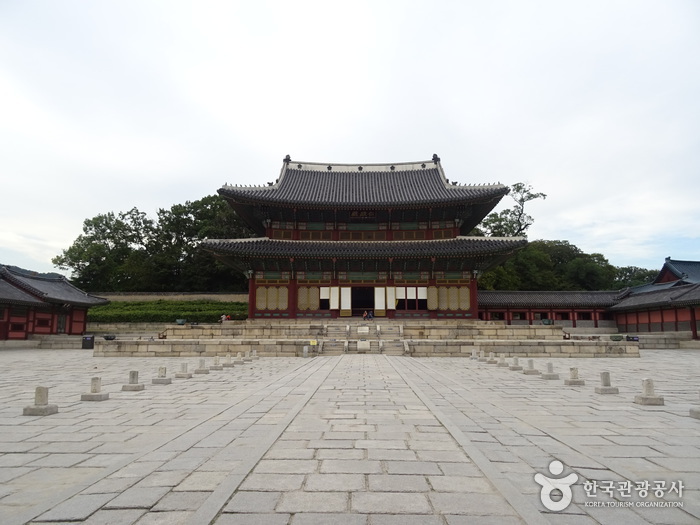

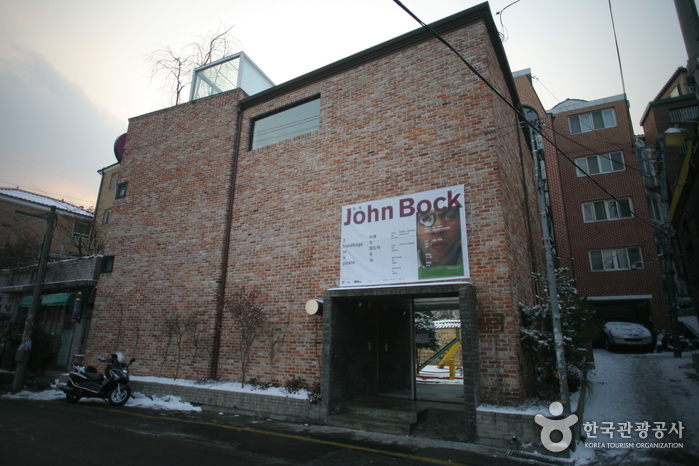

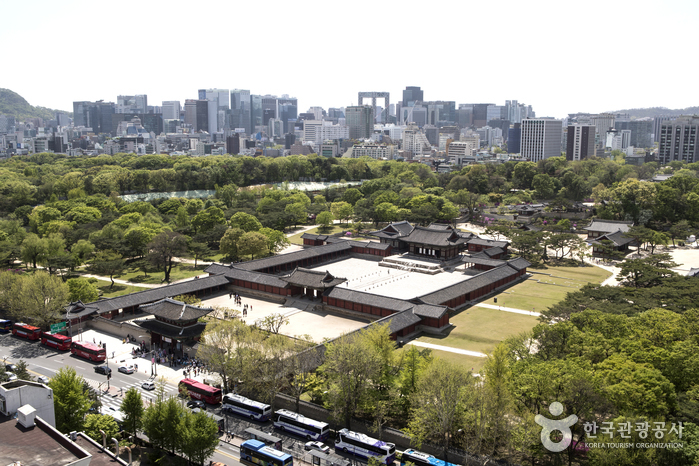
![Bukchonmaru hanok guesthouse [Korea Quality] / 북촌마루한옥게스트하우스 [한국관광 품질인증]](http://tong.visitkorea.or.kr/cms/resource/32/2574032_image2_1.jpg)
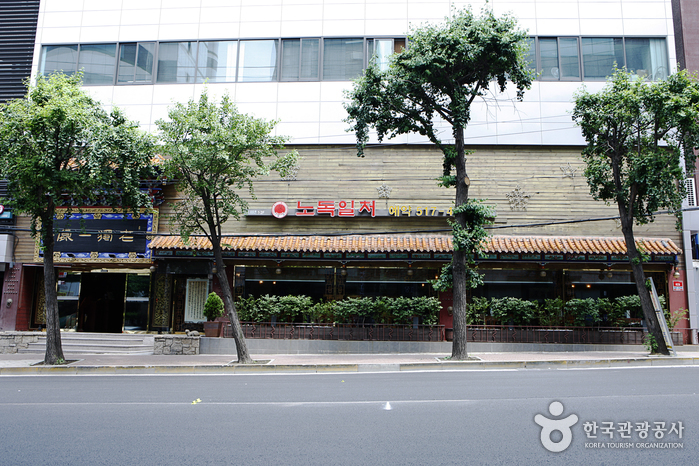
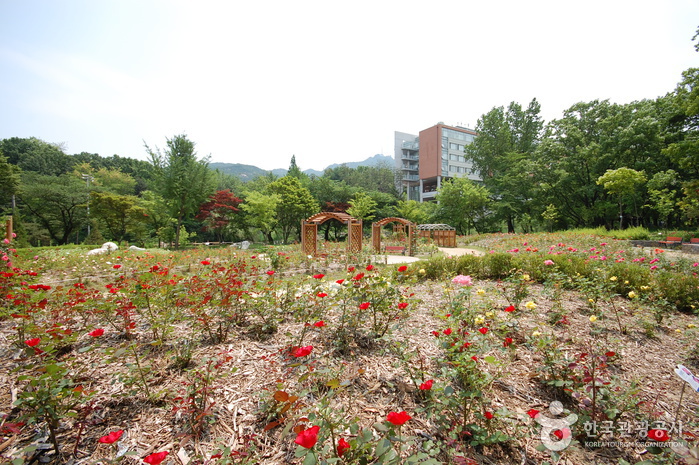
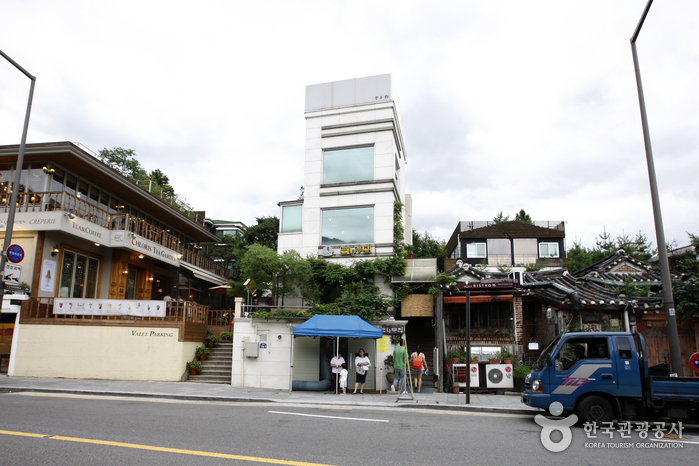
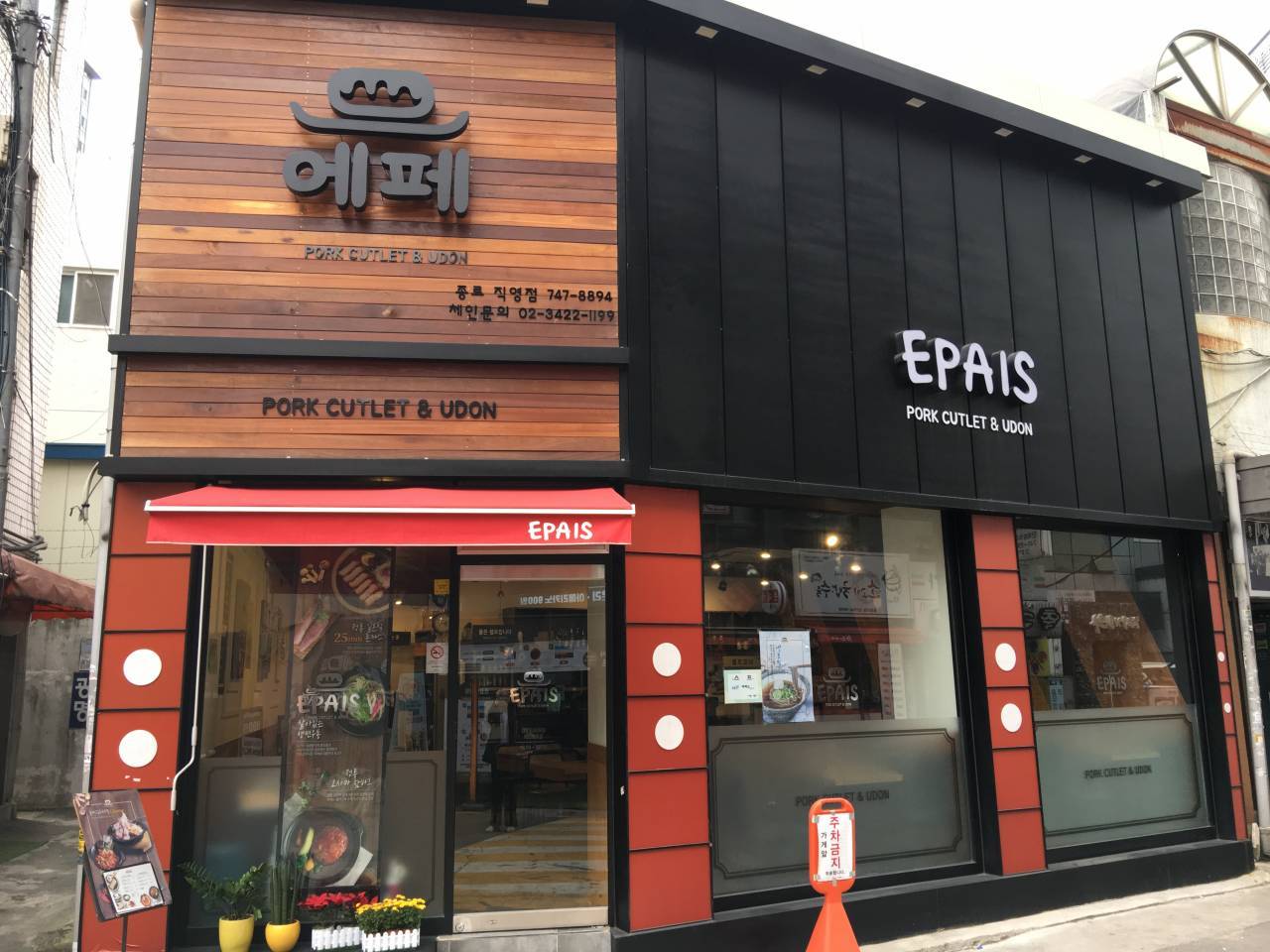
 Français
Français
 한국어
한국어 English
English 日本語
日本語 中文(简体)
中文(简体) Deutsch
Deutsch Español
Español Русский
Русский